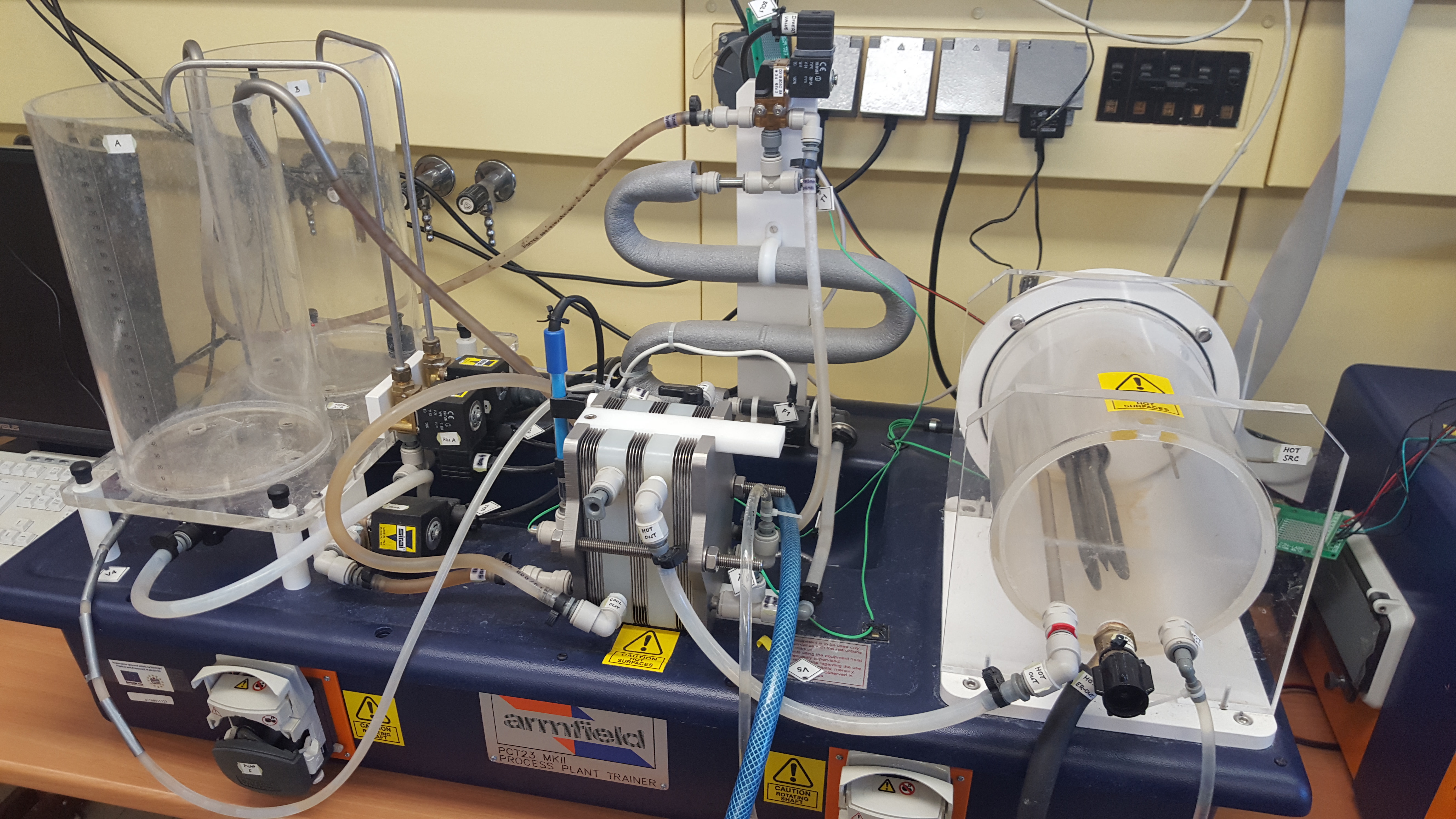Pasteurization is a heat-treatment process that destroys pathogenic microorganisms in certain foods and beverages, it is named after the French scientist, Louis Pasteur who in 1860’s demostrated the abnormal fermentation of wine and beer.
He realized that the problem with the sour or vinegary taste was produced by the unwanted microorganisms that convert the alcohol into acetic acid. So, he started his experiment by the heating and cooling of the liquids until the germs were neutralized.

Nowadays, there are 3 types of pasteurization, Vat Pasteurization, Ultra-Pasteurization (UP) and High Temperature, Short Time (HTST). Vat pasteurization which is the one that we will work with, requires that the product is 63°C for 30 minutes, then is quickly cooled to 4°C. The HTST requires that the milk has to be 72°C for 15 seconds, it is common to find this kind of pasteurization in the dairy industry. Finally, the UP method requieres that the milk need 135°C for 2 seconds, most commercial milk brands use this form of pasteurization since it is the quickest and cheapest. The treatment also destroys most of the microorganisms that cause spoilage and so prolongs the storage time of food.
Sometimes, people confuse sterilization with pasteurization, but they have a big difference. The pasteurization eliminate most of the microorganisms that are in the product, but on the other hand the sterilization elimante all of the microorganisms from any product.
Bibliography
http://www.todayifoundout.com/index.php/2016/08/history-pasteurization-saved-millions-lives/
https://www.britannica.com/topic/pasteurization
http://www.differencebetween.info/difference-between-pasteurization-and-sterilization